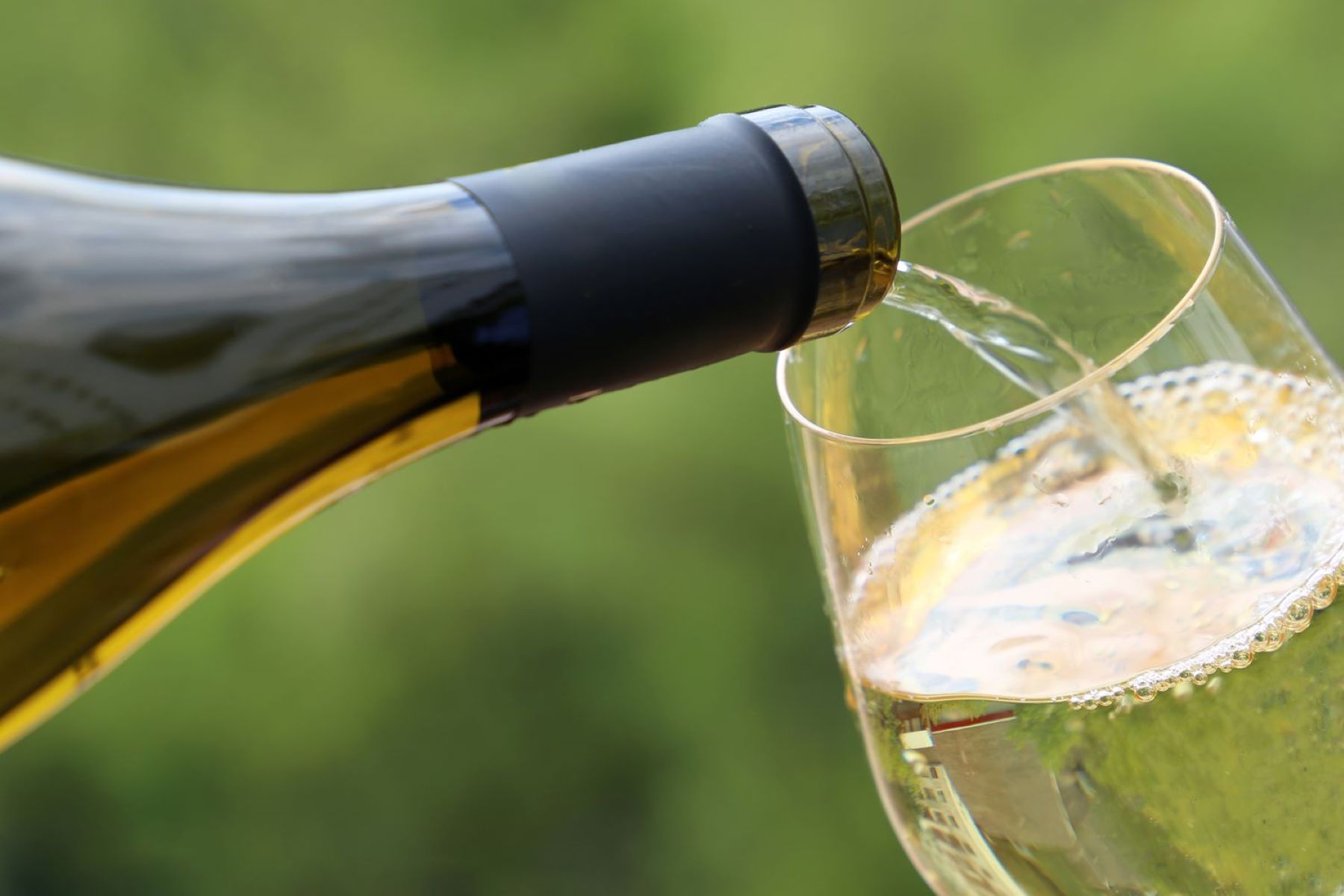

Articles
How To Store Riesling After Opening
Modified: January 5, 2024
Discover the best way to store Riesling wine after opening with our informative articles. Keep your Riesling fresh and flavorful for longer with our expert tips.
(Many of the links in this article redirect to a specific reviewed product. Your purchase of these products through affiliate links helps to generate commission for Storables.com, at no extra cost. Learn more)
Introduction
When it comes to enjoying a glass of Riesling, there’s nothing quite like savoring every sip of this aromatic and flavorful wine. Whether you’re sipping it with a meal, sharing it with friends, or simply indulging in a moment of relaxation, Riesling can be a delightful companion. However, what happens when you don’t finish the entire bottle? How can you ensure that the remaining Riesling stays fresh and enjoyable for as long as possible?
Properly storing Riesling after opening is key to preserving its taste and aroma. Unlike red wines, which often benefit from some exposure to oxygen, Riesling is a delicate wine that can quickly lose its freshness and vibrant characteristics when exposed to air for too long. Additionally, temperature and light can also impact the quality and longevity of an opened bottle of Riesling.
In this article, we will explore the importance of storing Riesling after opening and provide you with a variety of helpful tips to extend the shelf life of this exquisite wine. So, whether you’re a casual wine enthusiast or a serious Riesling aficionado, read on to discover how to keep your opened bottle of Riesling in optimal condition.
Key Takeaways:
- Properly storing Riesling after opening is crucial to preserve its delicate flavors and aromas. From recapping the bottle to using a wine preservation system, there are various methods to extend the wine’s freshness.
- Whether it’s recapping the bottle or transferring the wine to a smaller bottle, there are practical ways to slow down oxidation and preserve the delightful qualities of Riesling after opening. Enjoy every sip while it lasts!
Read more: How To Store Rum After Opening
Why Proper Storage is Important
Proper storage of Riesling after opening is crucial for preserving its delicate flavors, aromas, and overall quality. While many wines benefit from some exposure to air, such as red wines that can soften and develop more complex flavors over time, Riesling is a different story. This white wine is known for its vibrant fruitiness, distinct acidity, and refreshing character. Unfortunately, these characteristics can diminish quickly when the wine is exposed to air.
When oxygen comes into contact with Riesling, it can cause oxidation, leading to a loss of freshness and a deterioration of the wine’s taste. The fruity flavors may become muted, the acidity can dull, and the overall balance of the wine may be compromised. This can result in a flat and lackluster glass of Riesling that doesn’t live up to its true potential.
Furthermore, temperature and exposure to light can also impact the quality of an opened bottle of Riesling. High temperatures can accelerate the aging process, causing the wine to spoil more quickly. On the other hand, exposure to direct sunlight or harsh lighting can lead to the degradation of the wine’s flavors and the breakdown of its delicate structure.
By properly storing your opened bottle of Riesling, you can significantly extend its lifespan and enjoy its true flavors for longer. This means you can savor every sip and truly appreciate the nuances that make Riesling such a beloved wine. Now let’s explore some helpful tips on how to store Riesling after opening.
Tips for Storing Riesling After Opening
To ensure that your opened bottle of Riesling stays fresh and flavorful, consider implementing these tips for proper storage:
- Recap the Bottle: The simplest way to store Riesling after opening is to recap the bottle with its original cork or screw cap. This will help minimize exposure to oxygen and prevent the wine from oxidizing too quickly. Make sure the seal is tight to keep the wine as fresh as possible.
- Use a Wine Stopper: If you no longer have the original cap, a wine stopper can be a handy alternative. These stoppers are designed to create a tight seal and prevent excessive air from entering the bottle. Look for stoppers made specifically for wine preservation to ensure optimal results.
- Transfer to a Smaller Bottle: If you have a larger bottle of Riesling and only a small amount left, consider transferring the remaining wine to a smaller bottle. This will reduce the air space inside the bottle, minimizing oxidation. Make sure the smaller bottle is completely clean and dry before transferring the wine.
- Store in the Fridge: Cooling the opened bottle of Riesling in the refrigerator can help slow down the oxidation process. The lower temperature will help preserve the freshness and flavors of the wine. Just make sure to let the wine warm up to the ideal serving temperature before enjoying it.
These tips should help you maintain the quality of your opened bottle of Riesling for a few days. However, if you want to extend the shelf life even further, there are additional options available.
Option 1: Recap the Bottle
One of the simplest and most effective ways to store Riesling after opening is to recap the bottle with its original cork or screw cap. This method helps reduce the wine’s exposure to oxygen, preventing oxidation and preserving its flavors.
If you have removed the original cork, make sure to rinse it and dry it thoroughly before recapping the bottle. This will help maintain cleanliness and prevent any potential contamination. It’s also important to ensure that the bottle is stored upright to minimize the surface area of wine in contact with air.
When recapping the bottle, make sure to fasten the cap or cork securely to create a tight seal. This will minimize the amount of oxygen that enters the bottle, helping to keep the Riesling fresh for a longer period.
It’s worth noting that recapping the bottle is most effective when there is still a significant amount of wine left, ideally at least half a bottle or more. This is because a larger volume of wine creates a protective layer, reducing the impact of oxygen on the remaining wine.
If you plan to store the recapped bottle for a longer period, consider placing it in a cool and dark environment, such as a cellar or a wine refrigerator. This will help maintain a steady temperature and prevent the wine from being exposed to excessive heat or light.
While recapping the bottle is a simple and convenient method, it’s important to consume the remaining Riesling within a few days to ensure the best quality and taste. As time goes on, even with proper recapping, the wine will gradually oxidize and lose its vibrant characteristics.
Now that you know how to recap the bottle, let’s explore another option for storing Riesling after opening.
Option 2: Use a Wine Stopper
If you don’t have the original cork or cap to recap your opened bottle of Riesling, using a wine stopper is a practical and effective alternative. Wine stoppers are specifically designed to create a tight seal, preventing excessive air from entering the bottle and prolonging the freshness of the wine.
There are various types of wine stoppers available, including vacuum stoppers and silicone stoppers. Vacuum stoppers typically come with a pump that removes air from the bottle, creating a vacuum seal. This helps to slow down the oxidation process and maintain the quality of the wine for a longer period.
Silicone stoppers, on the other hand, provide an airtight seal by fitting snugly into the bottle’s neck. They are reusable and easy to clean, making them a popular choice for wine storage.
To use a wine stopper, follow these steps:
- Ensure that the bottle’s neck is clean and free from any remnants of the previous cork or screw cap.
- Insert the wine stopper into the bottle’s neck, pushing it in firmly to create a tight seal.
- If using a vacuum stopper, follow the manufacturer’s instructions to remove the air from the bottle.
- Store the stopped bottle in a cool and dark place, such as a basement or a wine refrigerator, to maintain a consistent temperature.
Using a wine stopper can help extend the shelf life of your opened bottle of Riesling for a few additional days compared to simply recapping the bottle. However, it’s important to note that even with a wine stopper, the wine will eventually oxidize and lose its freshness.
Remember to monitor the wine periodically and enjoy it within a reasonable time to ensure the best taste and quality. Let’s move on to another option for storing Riesling after opening.
Store opened Riesling in the refrigerator with a tightly sealed stopper to slow down oxidation. It’s best to consume within 3-5 days for optimal flavor.
Read more: How To Store Velveeta After Opening
Option 3: Transfer to a Smaller Bottle
Transferring the remaining Riesling to a smaller bottle is a practical solution to store the wine after opening. This method reduces the amount of air in contact with the wine, slowing down the oxidation process and preserving its flavors.
When transferring the wine, it’s important to choose a smaller bottle that is thoroughly clean and dry. Opt for a bottle that has a tight-fitting cork or screw cap to ensure a proper seal. This will help minimize the exposure to oxygen and maintain the freshness of the Riesling.
Here’s how you can transfer the wine to a smaller bottle:
- Rinse the smaller bottle with warm water to remove any impurities. Make sure to thoroughly dry the bottle before moving to the next step.
- Hold the opened bottle of Riesling at an angle and gently pour the wine into the smaller bottle. Try to avoid splashing or introducing too much air into the process.
- Fill the smaller bottle close to its neck, leaving as little air space as possible. This will help minimize oxidation and preserve the wine’s characteristics.
- Securely seal the smaller bottle with its respective cork or screw cap.
Once the Riesling has been transferred to the smaller bottle, store it in a cool and dark location, such as a cellar or a wine refrigerator. This will help maintain a consistent temperature and minimize the impact of light on the wine.
Compared to recapping or using a wine stopper, transferring the wine to a smaller bottle provides even less exposure to oxygen, thus extending the shelf life of the Riesling for a longer period. However, it’s still essential to consume the wine within a reasonable time frame to ensure its optimal taste and quality.
With this option explored, let’s move on to another method for storing Riesling after opening.
Option 4: Store in the Fridge
If you’re looking for a simple and effective method to store your opened bottle of Riesling, consider refrigeration. Storing the wine in the fridge can significantly slow down the oxidation process and keep the wine fresh for a longer duration.
Here’s how you can store your opened bottle of Riesling in the fridge:
- Ensure that the bottle is securely recapped with its original cork or a wine stopper.
- Place the recapped bottle in the main compartment of the refrigerator, away from any strong-smelling foods.
- It is important to maintain a consistent temperature for the wine. The ideal temperature for storing Riesling is around 45-50°F (7-10°C). Avoid storing it in the coldest part of the fridge, such as the back of the top shelf, as extremely low temperatures can impact the flavors of the wine.
- Let the wine cool in the fridge for a few hours before serving. It’s best to allow it to reach the recommended serving temperature, which is typically between 50-55°F (10-13°C) for Riesling. This will allow the wine to express its true flavors and aromas.
By storing your opened Riesling bottle in the fridge, you create a cool and stable environment that helps slow down the oxidation process. This can extend the shelf life of the wine for a few days, allowing you to enjoy it over multiple sittings.
However, it’s important to keep in mind that even in the fridge, the wine will gradually oxidize over time. Therefore, it’s recommended to consume the Riesling within a few days of opening for the best quality and taste.
Now that we have explored storing Riesling in the fridge, let’s move on to our final option for preserving the freshness of this delightful wine.
Option 5: Use a Wine Preservation System
If you’re a wine enthusiast who enjoys savoring a bottle of Riesling over an extended period, investing in a wine preservation system can be a worthwhile solution. These systems are designed to remove air from the bottle, creating a vacuum seal that helps preserve the wine’s freshness and flavors.
There are various types of wine preservation systems available on the market, each with its own set of features and benefits. Some common examples include:
- Vacuum Pump Systems: These systems consist of a hand pump and special wine stoppers. The pump removes the air from the bottle, creating a vacuum seal once the stopper is inserted. By removing the air, these systems help slow down the oxidation process, keeping the Riesling fresh for a longer time.
- Inert Gas Systems: Using inert gases like argon or nitrogen, these systems displace the oxygen in the bottle, creating a protective barrier that prevents oxidation. The gas is sprayed into the bottle, forming a layer above the wine, effectively preserving its quality.
When using a wine preservation system, follow these steps:
- Ensure that the opened bottle of Riesling is properly sealed with a wine stopper or recapped with its original cork.
- Follow the manufacturer’s instructions for the specific wine preservation system you are using. This may involve inserting a stopper or spraying inert gas into the bottle.
- Store the preserved bottle upright in a cool and dark place, such as a cellar or wine refrigerator, to maintain a consistent temperature.
With a wine preservation system, you can enjoy your bottle of Riesling over multiple days or even weeks while maintaining its original flavors and characteristics. However, it’s important to note that the effectiveness of these systems may vary, and some oxidation may still occur over an extended period.
Now that we have explored different options for storing Riesling after opening, let’s conclude our discussion.
Conclusion
Properly storing Riesling after opening is essential to preserve its delicate flavors, aromas, and overall quality. Whether you choose to recap the bottle, use a wine stopper, transfer the wine to a smaller bottle, store it in the fridge, or utilize a wine preservation system, each method can help prolong the freshness of your opened bottle of Riesling.
Recapping the bottle with its original cork or cap is a simple and convenient option, while using a wine stopper provides an effective seal to minimize oxygen exposure. Transferring the wine to a smaller bottle reduces the air space, slowing down oxidation. Storing the bottle in the fridge creates a cool environment that preserves the wine’s flavors. Lastly, using a wine preservation system provides advanced methods to remove air or create a protective barrier.
Remember, while these methods can extend the shelf life of your opened bottle of Riesling, it’s important to consume the wine within a reasonable time frame to ensure its optimal taste and quality. Even with the best preservation techniques, oxidation will eventually take its toll on the wine.
By following these tips and techniques for proper storage, you can continue to enjoy the vibrant and refreshing qualities of Riesling even after opening the bottle. Cheers to savoring every sip of this delightful wine!
Frequently Asked Questions about How To Store Riesling After Opening
Was this page helpful?
At Storables.com, we guarantee accurate and reliable information. Our content, validated by Expert Board Contributors, is crafted following stringent Editorial Policies. We're committed to providing you with well-researched, expert-backed insights for all your informational needs.
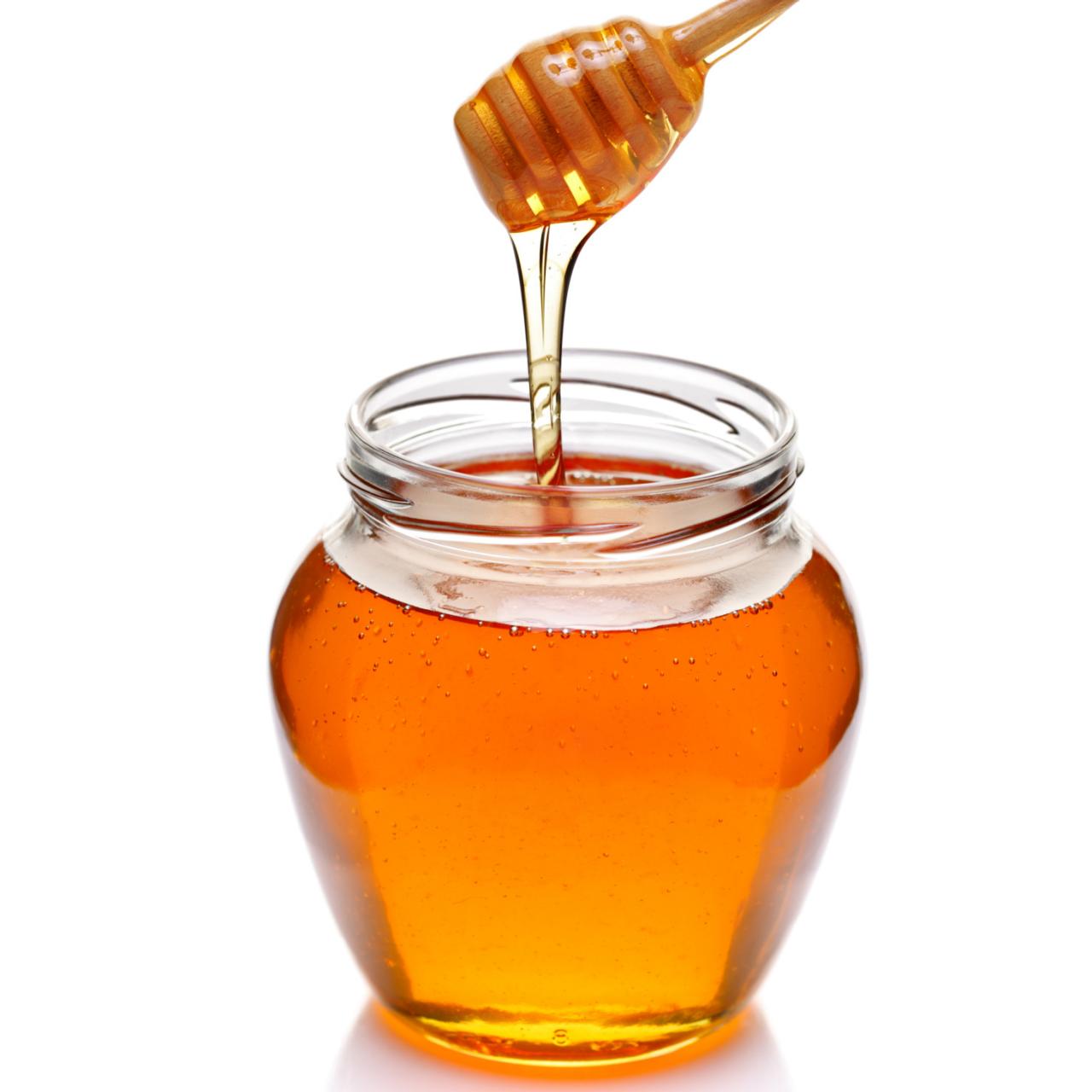
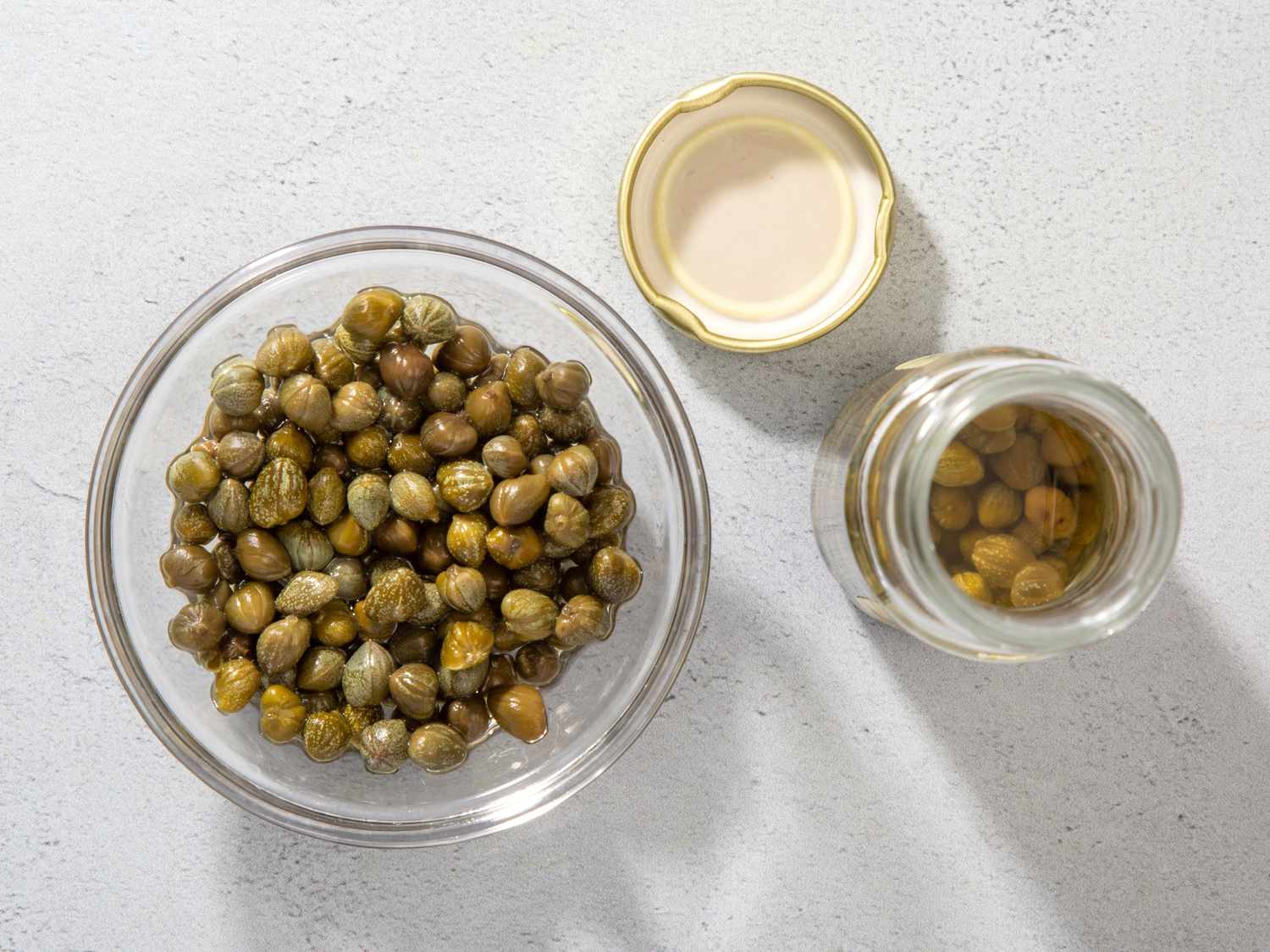
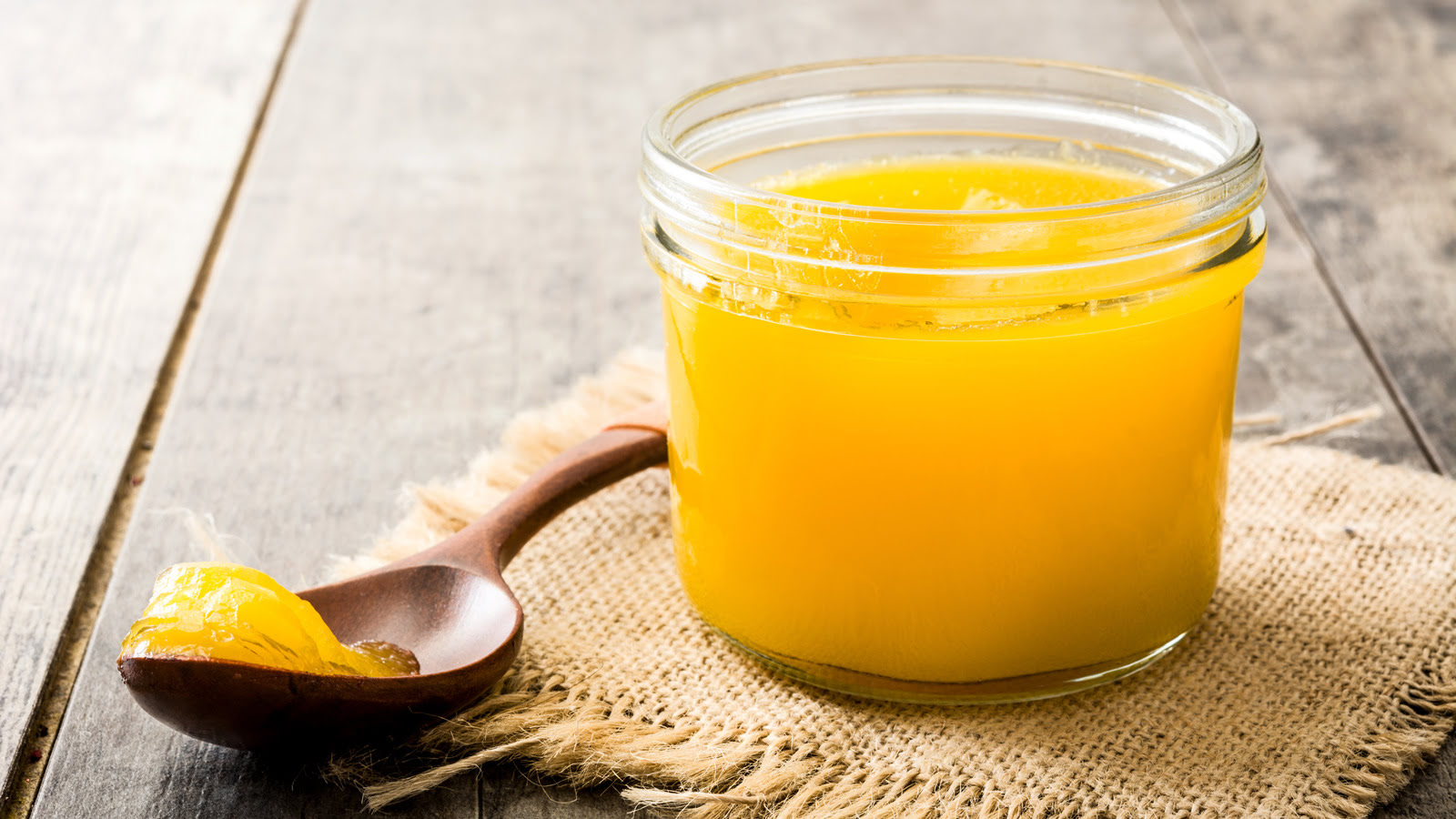
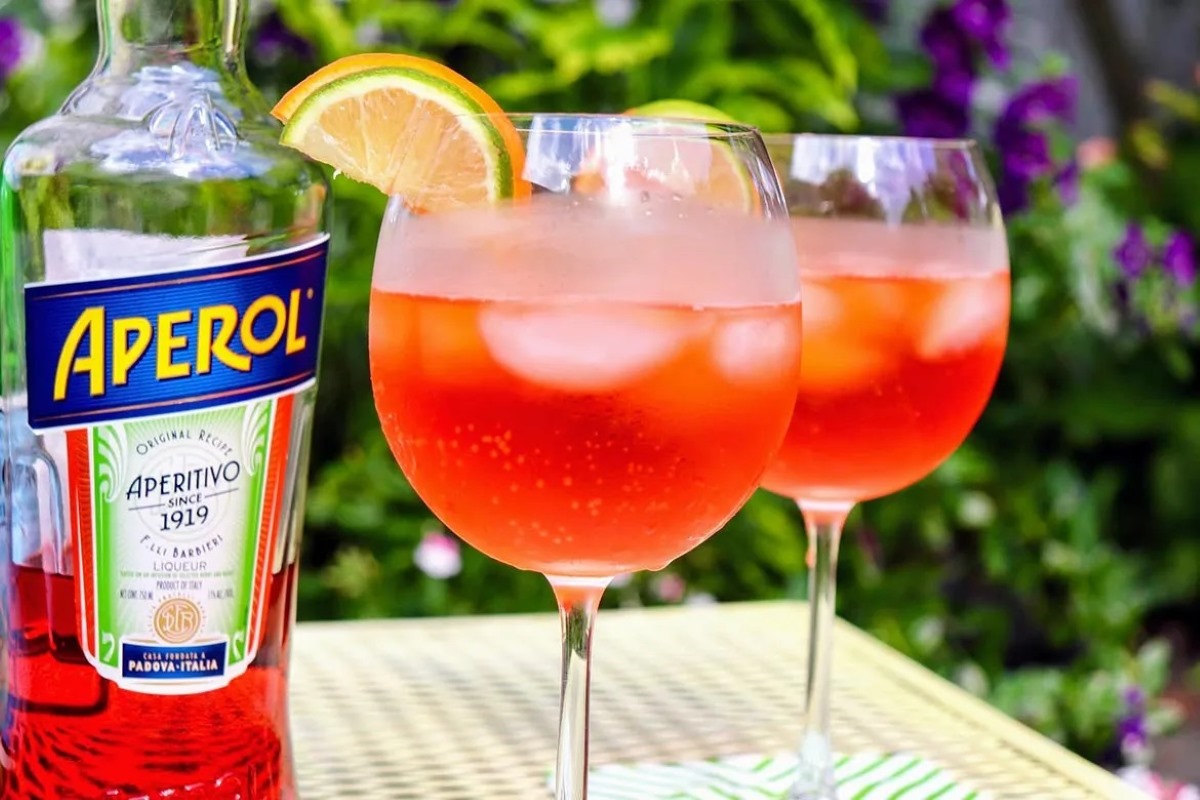
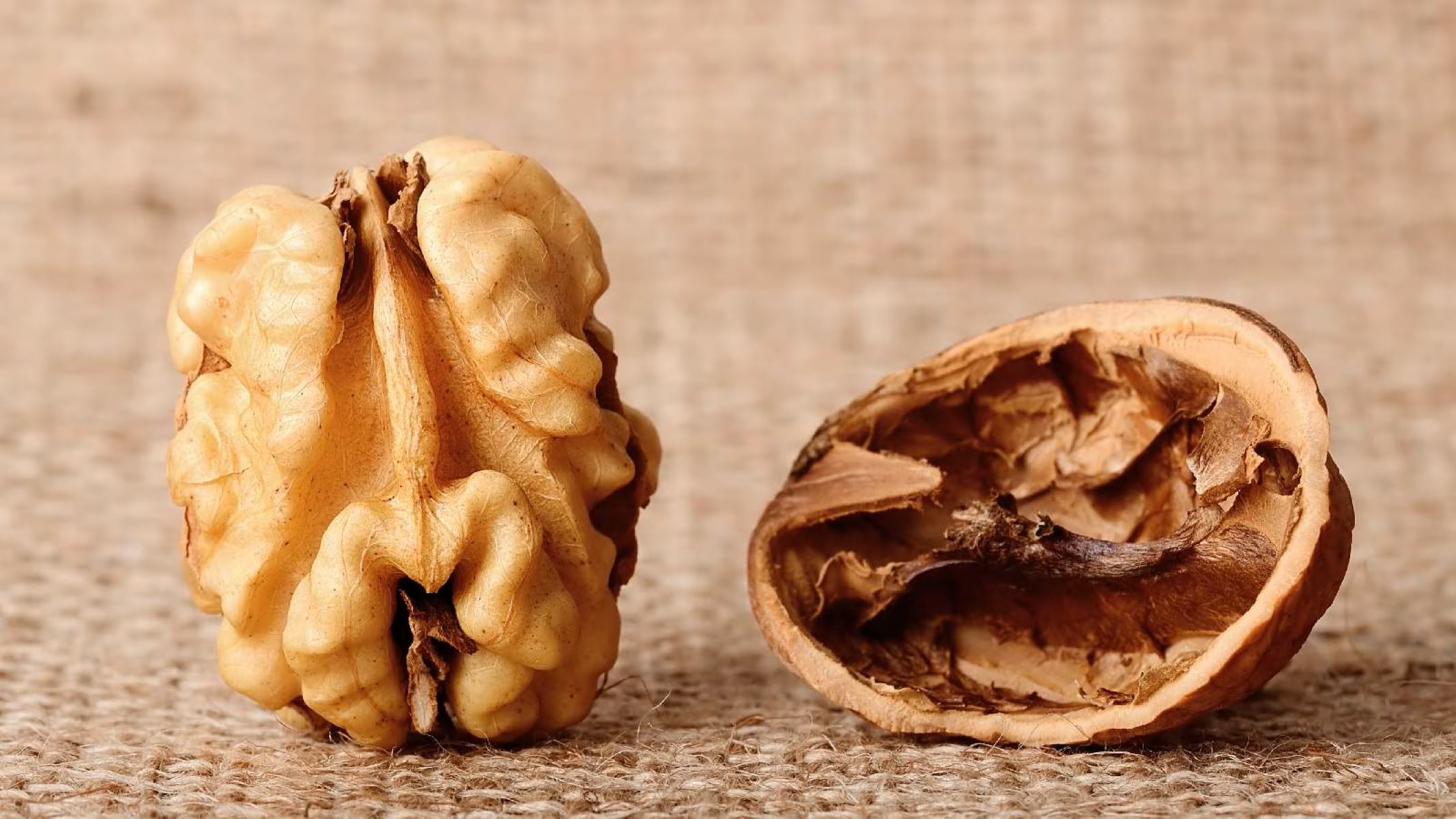
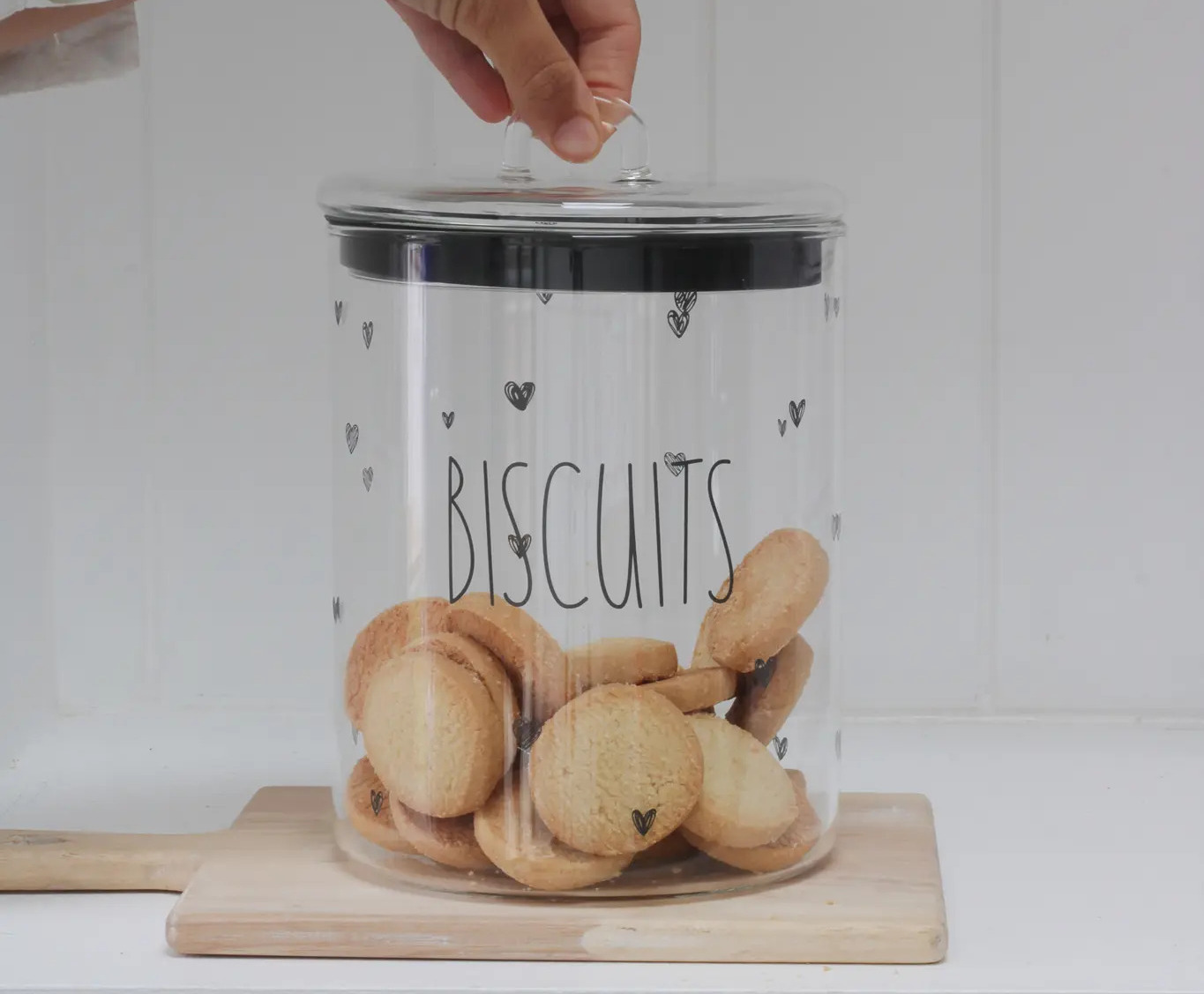
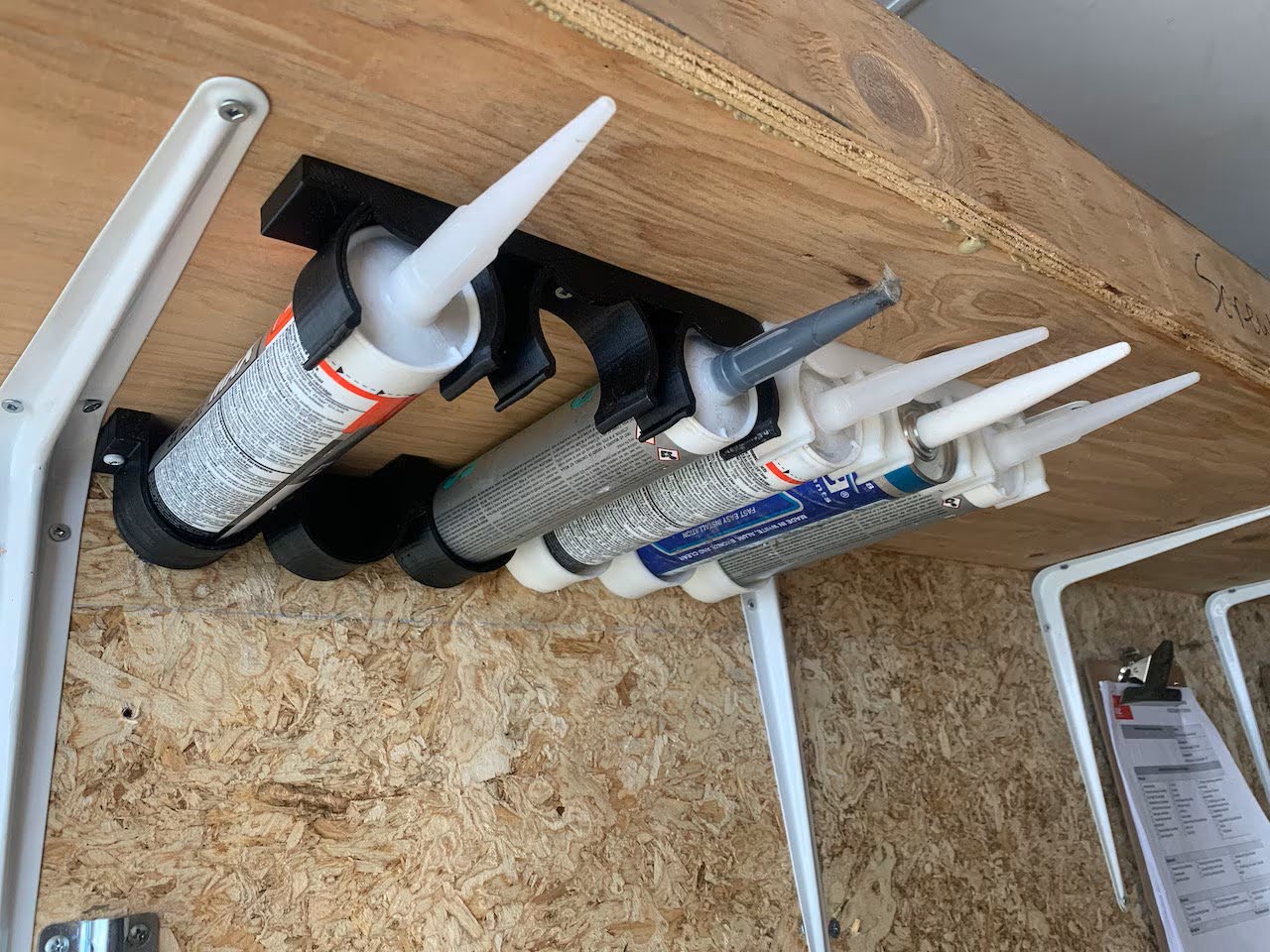
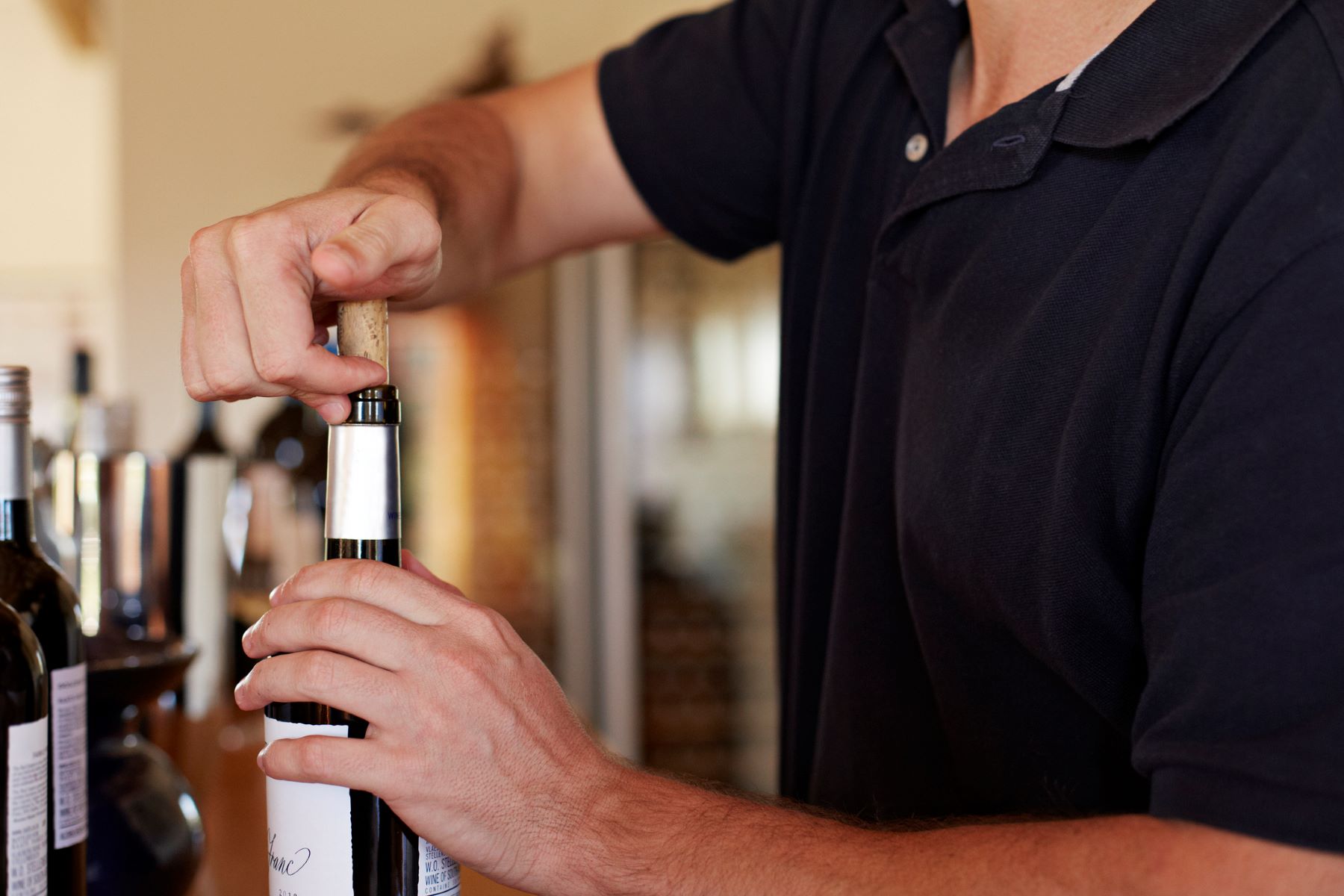
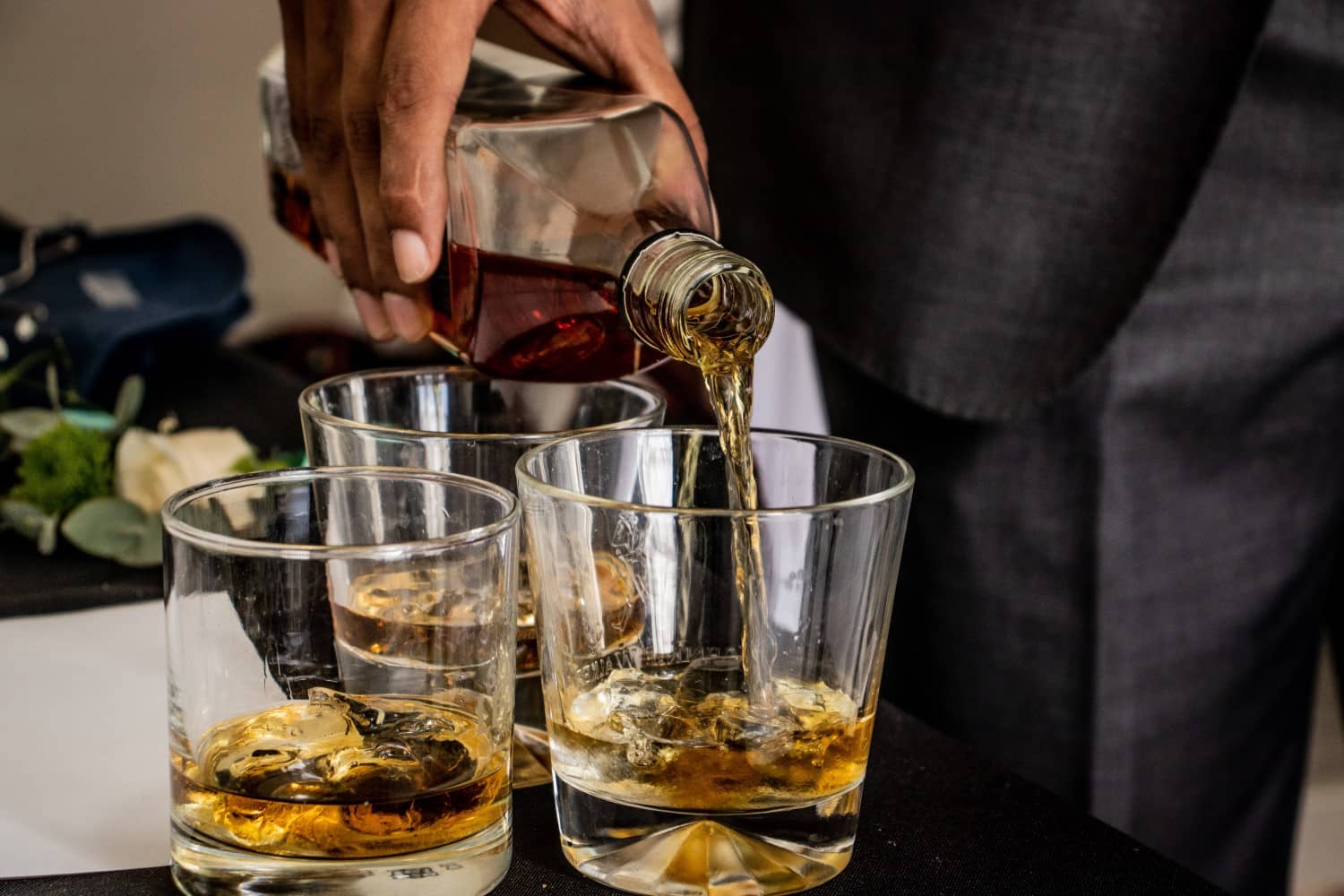
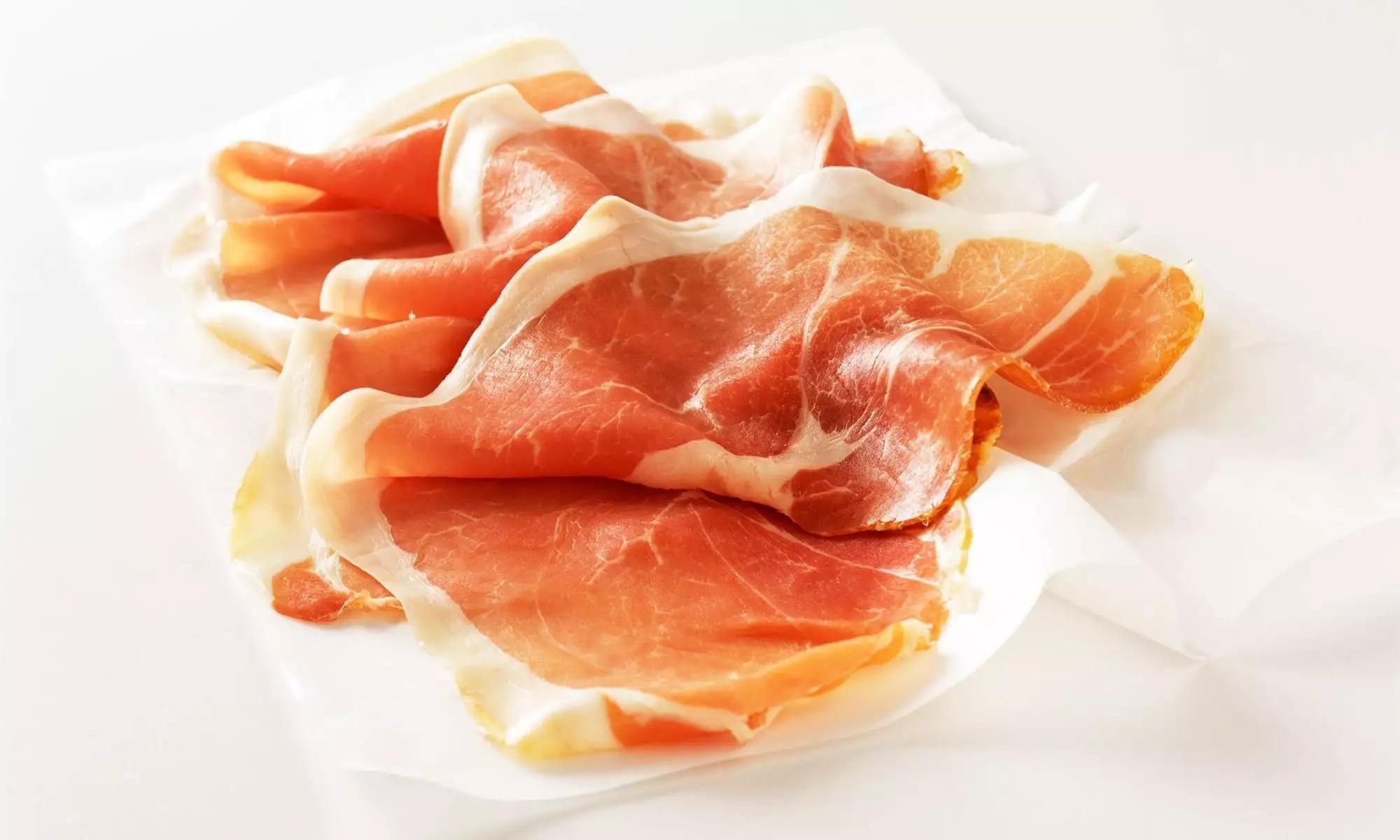
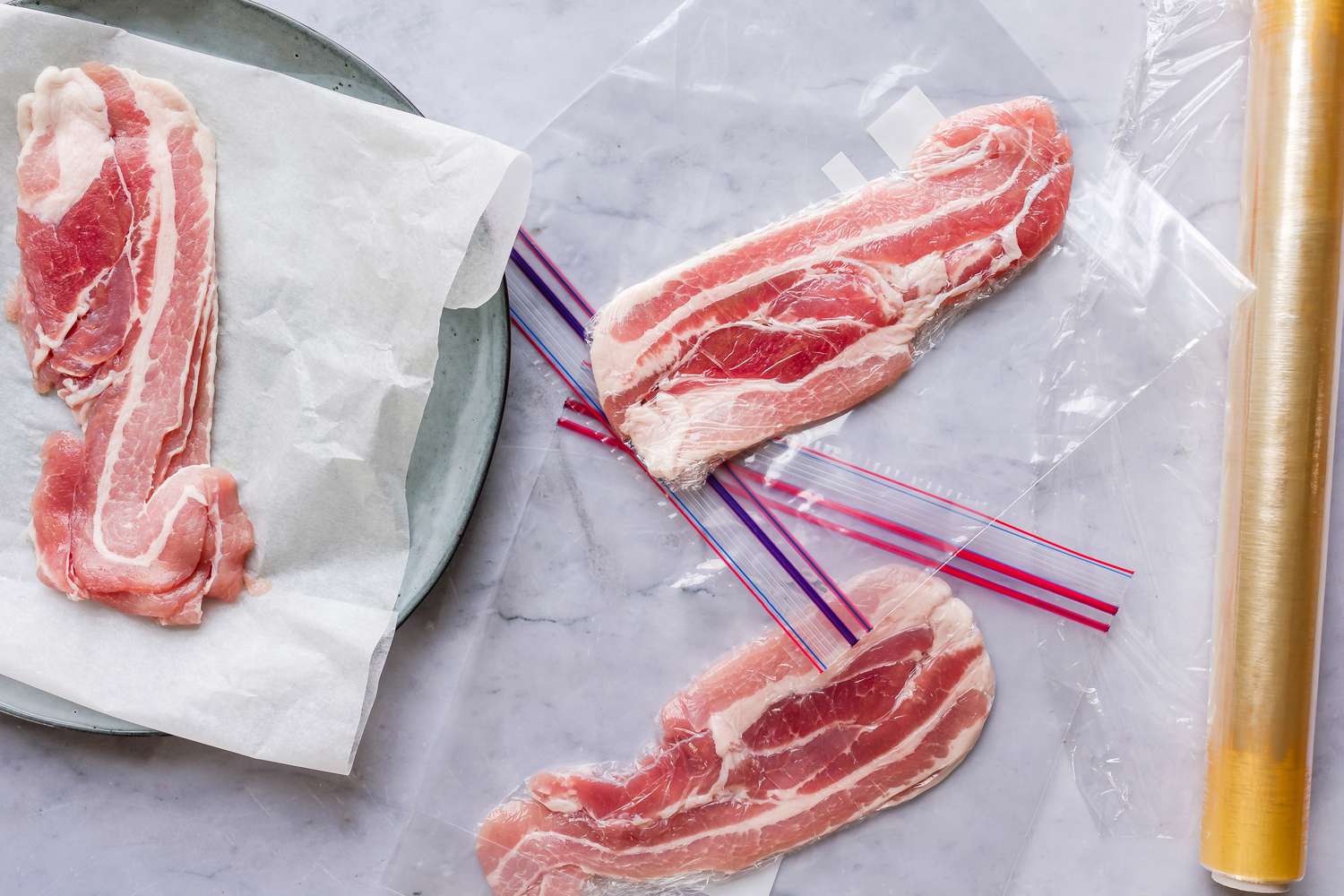
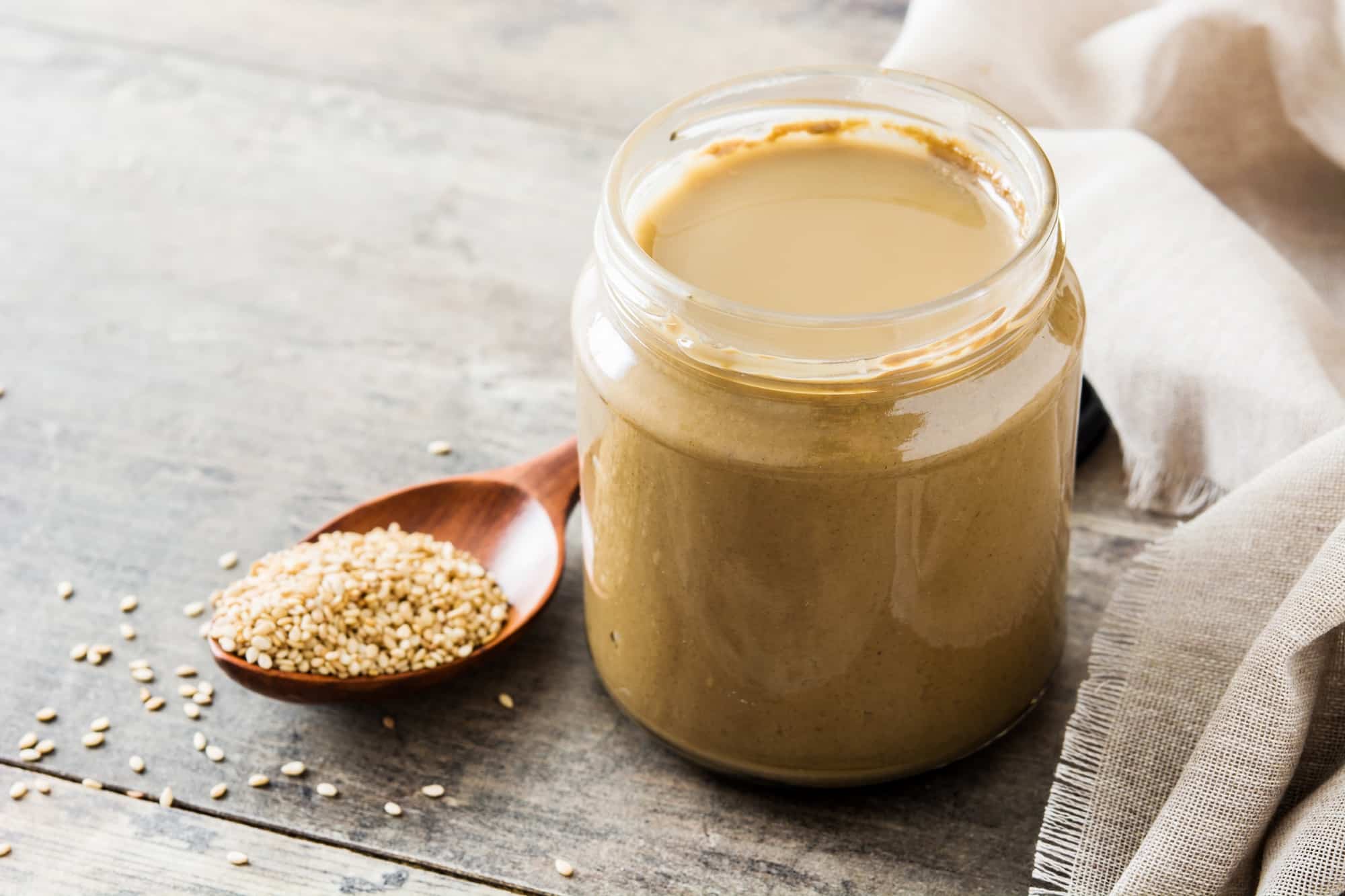
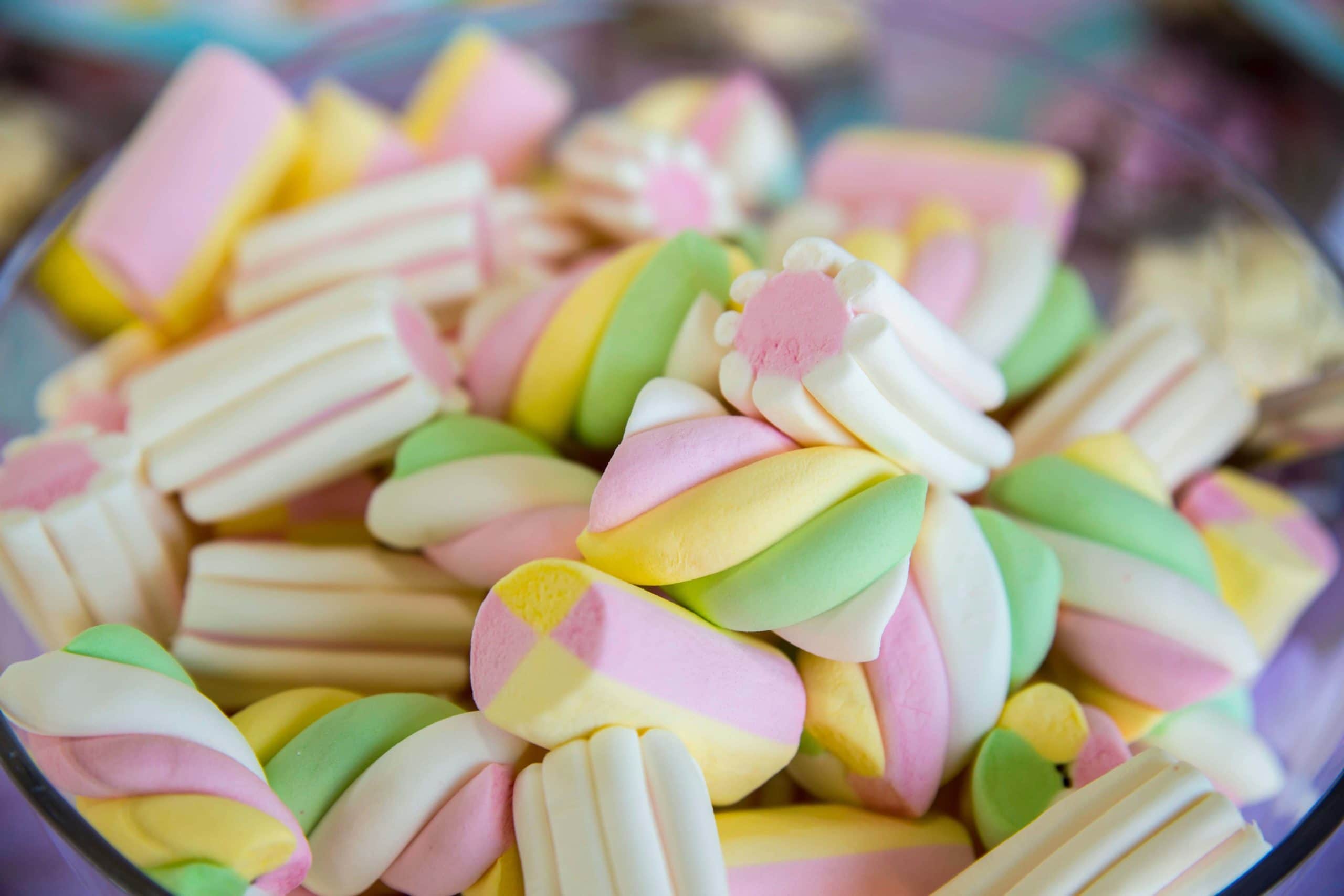
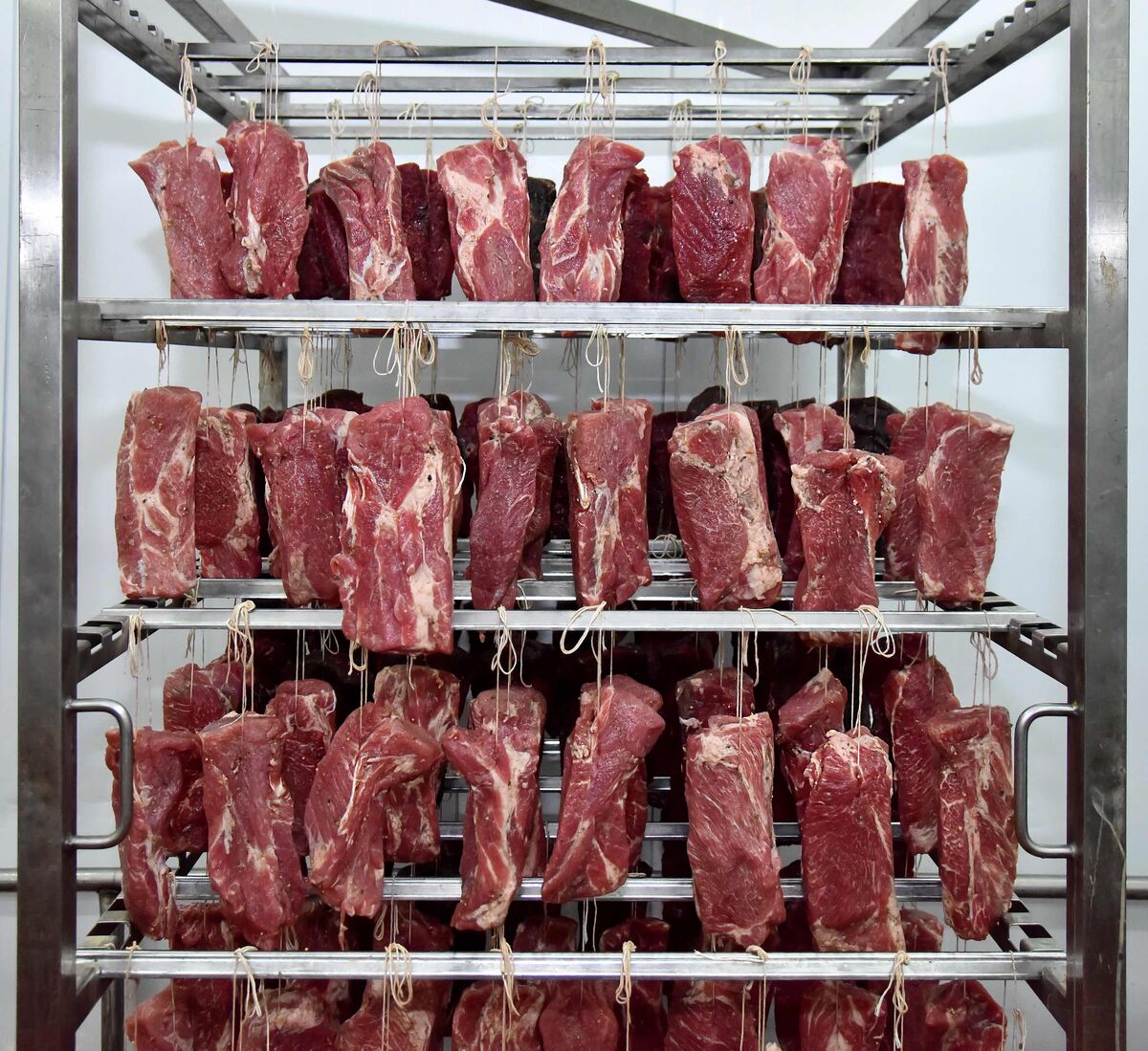

0 thoughts on “How To Store Riesling After Opening”